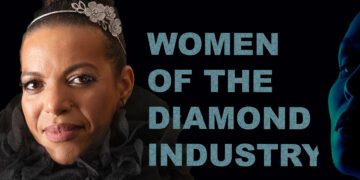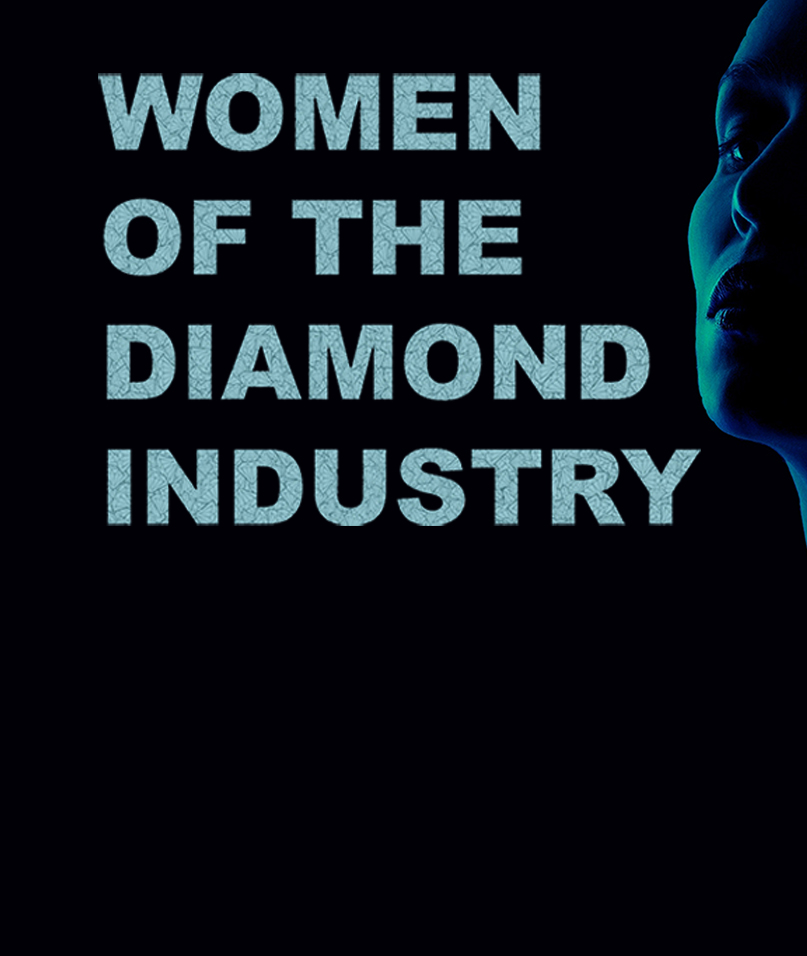
“Women of the Diamond Industry” focuses on the issue of gender equality along the entire diamond and jewelry supply chain. The series provides a platform for women in the industry to tell their own stories and describe the particular challenges they have faced in their careers.
The 12th article in the series is authored by Satta Matturi, Founder and Creative Lead of Matturi Fine Jewellery. She established the company after a 17-year career working in sales and rough diamond valuation.
In addition to her brand, Satta manages a consultancy that offers niche tailored services to the industry through rough procurement, polished sourcing and business advisory. She is a regular contributor and speaker at global conferences and webinars as a supporter of good sustainable mineral wealth distribution and promoting producer country beneficiation.
Finding authenticity:
My journey along the value chain
It is May 2018 and I’m in Las Vegas. No, not to party and dance the night away but to represent my own brand, Matturi Fine Jewellery, and to showcase my debut jewelry collection at the Couture show.
I’d been to many jewelry industry trade shows before, pacing the halls and corridors, meeting and catching up with people. This time I’m on the other side of the counter, looking out. It feels so different.
Prior to Matturi Fine Jewellery, I had worked for De Beers for nearly two decades, mostly on the rough diamond sales side, managing various portfolios of Sightholders. It was a fascinating and exciting role that provided me with the opportunity to travel the world, meeting with clients and diamantaires in the diamond trading hubs, such as Tel-Aviv, Antwerp, Johannesburg, Mumbai and Surat.
But my diamond journey started years back in my formative years in a small country called Sierra Leone, a country not only known for its landscapes, beaches and caring people, but also for its distinctively beautiful diamonds, having produced one of the largest ever to be found – the Star of Sierra Leone.
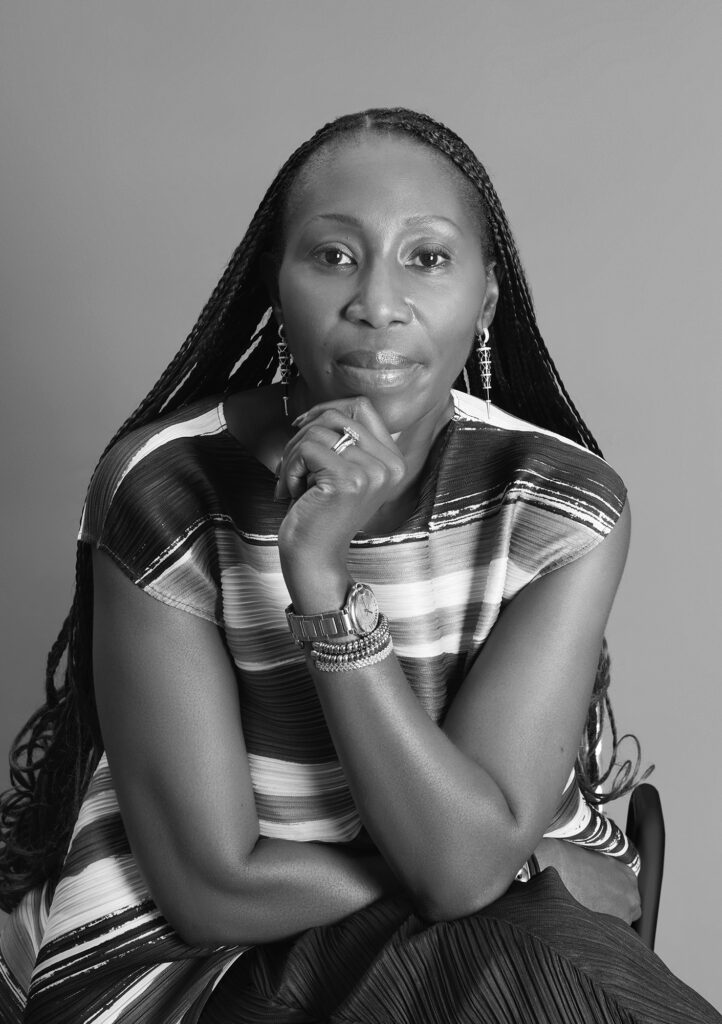
Satta Matturi
In my father’s footsteps
I have fond memories of those times as a little girl in Freetown. I grew up in a house that had diamond sorting offices at the back and saw mostly men in 70s spectacles coming in and keenly looking at piles of shiny stones. Yes, my father was at the helm of the De Beers operations in West Africa at the time, and this was my first encounter with rough diamonds.
It wasn’t a given that I would follow my father into the industry, or indeed De Beers. My elder siblings had all followed different paths, and yet, I joined De Beers after university in the UK, and began building a foundation in rough diamond valuation and industry expertise.
I joined the De Beers sales team in early 2000s in London and then was fortunate to have a secondment to South Africa, where I spent several years based in Johannesburg. It provided me with a real insight into some of the real-world challenges of how producer countries manage and ensure that they can benefit from their natural resources.
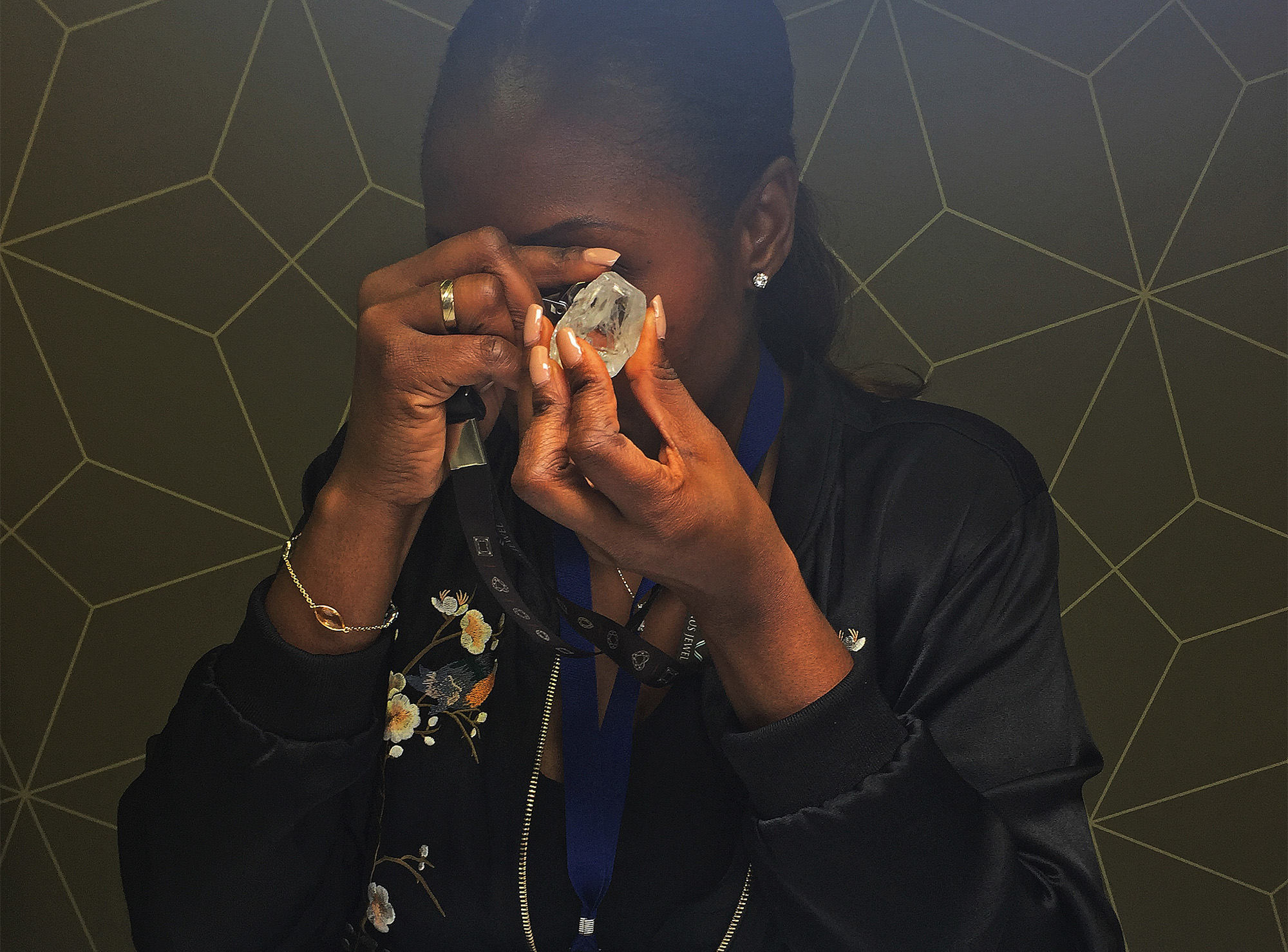
Satta examining a large rough diamond, mined at the Karowe mine in Botswana by Lucara Diamonds.
Returning to London from South Africa, I was introduced to India. I was mesmerized and I loved it. At that time, the country’s diamond industry was going through a period of change and growth, driven largely by technology and access to new markets. It was an exciting time, and I was fortunate to work with some amazing family businesses and astute diamantaires, many of whom I’ve formed strong and lasting friendships with.
I learned so much about how the industry works. I came to understand the push and pull of supply and demand, and how with a natural product, such as diamonds, producers cannot simply increase production overnight when there is a shortage, or stop production when there is a market slowdown. I came to appreciate the need to segment products for different markets and consumers, where and how to source polished diamonds and other precious stones, and, possibly most importantly of all, people.
A leap of faith
While all this was going on the security and structure of working for a corporate began to feel restrictive and constraining. I have always had a creative side and increasingly it was becoming a louder voice in my head.
The decision to leave De Beers in my 30s in the midst of a successful career was a big step, some would say leap of faith, but I had an opportunity to follow my dream and at the time it felt like a now or never moment.
Not long after leaving De Beers I followed my husband to Botswana, where he was working in Gaborone, the capital. The city was going through significant growth in terms of diamond manufacturing, with De Beers and the Government of the Republic of Botswana actively laying a platform for diamond cutting and polishing to move from the traditional cutting centers such as Antwerp and Surat.
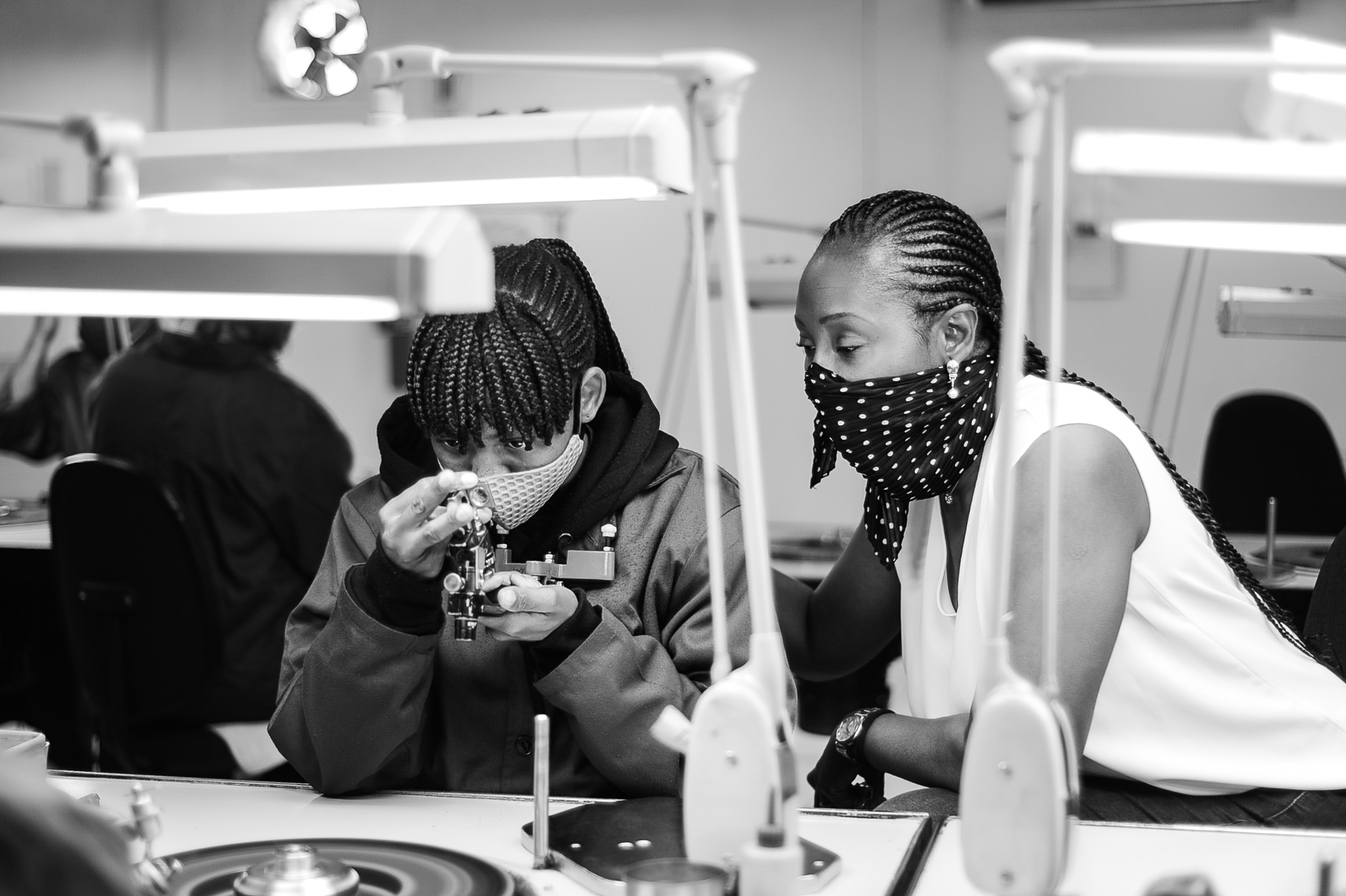
Satta (right), observing a diamond being polished at acutting facility in Gaborone, Botswana.
It is a strange process putting a value on a parcel of diamonds, submitting a bid and waiting to see if you win. If you don’t you kick yourself that you should have pushed a bit more on the price on the other hand, when successful you can’t help wondering if you’ve overpaid. Ultimately, only the process of physically turning the rough diamonds into polished will tell you whether you were right or not.
I also found myself project managing the setting up and establishment of a cutting and polishing factory in Gaborone. This involved working with the Botswana Diamond Office to get appropriate operational licences and work permits, importing machinery and technical equipment as well as employing and establishing a training programme to upskill trainees without any prior diamond manufacturing skills. Both challenging and rewarding this was an amazing project to be part of and I continue to sit on the Board of Directors and actively involved in its growth and development.
Finding a gap in the market
Slowly and cautiously, Matturi Fine Jewellery began to establish itself. I believed there was gap in the market as I always struggled to find the type of jewelry with authenticity and a story that spoke to me – contemporary, design-oriented pieces that were inspired by the source and origins in Africa. I believed it was possible to create jewelry collections that encapsulated all of this and were underpinned by provenance.
Not having been to design school possibly acted as a barrier in terms of applying prescribed form or structure, but I also feel it has allowed me to design in a more fluid manner that I hope comes through in our jewelry. I believe that our signature Nomoli Totem bejewelled masks are witness to this.
It certainly wasn’t a straight path to my first collection, called Artful Indulgence, with many a twist and turn and a huge amount of learning along the way, not least the hard truth of commerciality. But there I was in May 2018 at Couture with my first jewelry collection let loose for the world to judge.
Since that moment we have continued to grow organically, with further collections, one-off high-value bespoke pieces, placements in galleries and art exhibitions, and distribution in high end independent retailers across the world. Our jewelry has been worn on red carpets and bought by celebrities and featured in global publications. We’ve won awards and continue to push forward with collaborative projects and a new collection, as well as a youth development football team in Sierra Leone.
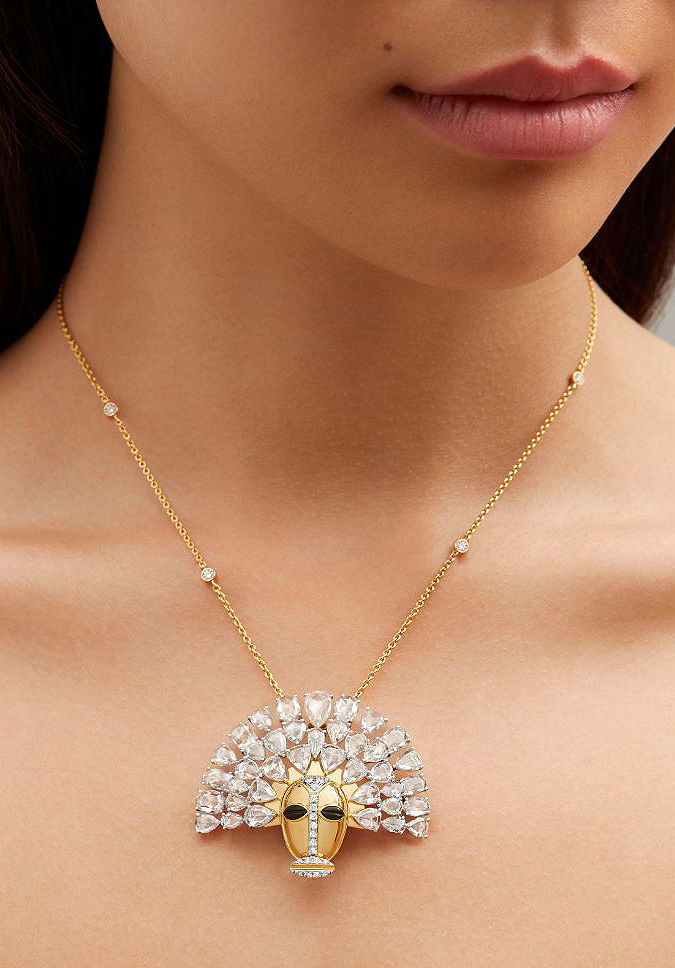
A diamond-set mask icon from Matturi Fine Jewellery’s Nomoli Totem Mask Collection. (Credit: matturi.com)
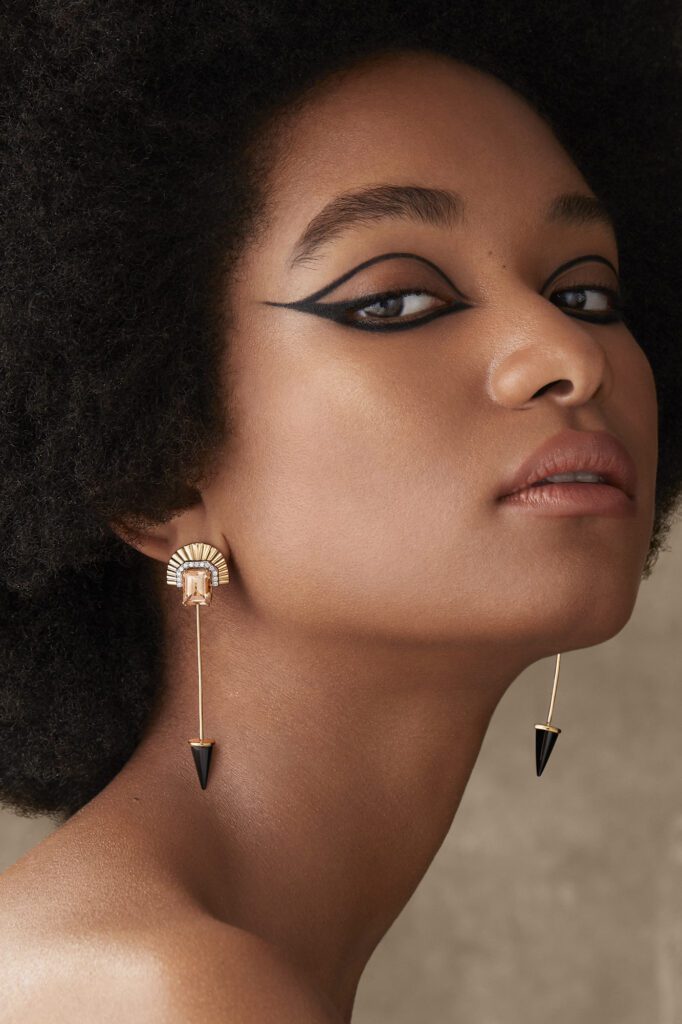
Earrings from Matturi Fine Jewellery’s Whispers of Meroë Collection, which is an ode to the lost Nubian Kingdom of Kush and its stories of female power and resilience. (Credit: matturi.com)
A change for the better
My family and I returned to the UK in 2021 after spending seven years in Botswana and our son was born later that year. I joined the Board of the Responsible Jewellery Council and have become an advocate for natural diamonds and equitable distribution of producer country wealth. Having seen the good that a well-managed resource can do for the county that produces it, I believe that natural diamonds are a treasure that should be valued.
I had always found myself operating in a male dominated environment, whether it be the De Beers sales team and the wider diamond and jewelry industry, and it is great to see that change and much more diversity is being embraced. It has brought innovation, fresh designs and ideas that our industry needs to continue to stay relevant in consumers’ minds.
I feel very lucky to have been one of very few women who have had the opportunity to experience and operate across all parts of the diamond and jewelry industry value chain – from the upstream mining and sourcing to rough diamond valuation, buying and selling through to cutting and polishing, jewelry manufacturing, distribution and marketing. It has truly been a journey from mine to finger.




